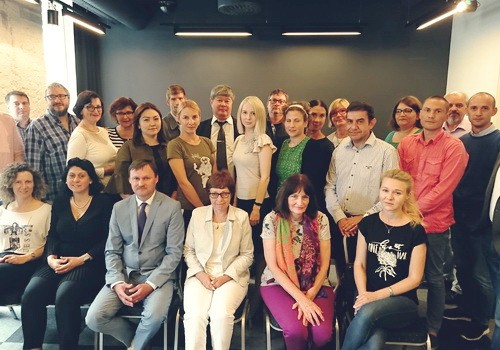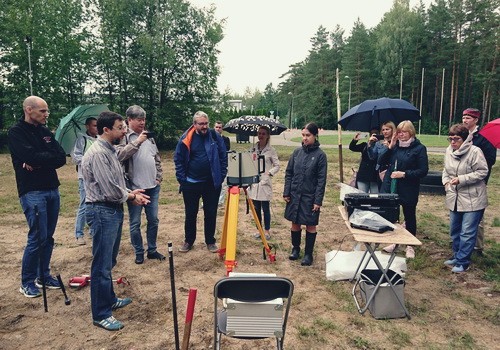Reduction of Radon in Living Accomodations is on Agenda
15 August 2019


A meeting held in Vilnius (Lithuania) and attended by specialists from 18 states considered methods to reduce radon in homes, kindergartens and schools, as well as methods to elaborate radon maps to evaluate the degree of radon hazard, which are used in Europe.
Olga Novikova, engineer of Department for radiation studies and ecosystem restoration, Institute of Radiation Safety and Ecology, participated the meeting and shared about the European experience in radon reduction at living accomodations:
- half of annual individual effective equivalent exposure dose of terrestrial radiation sources is caused by heavy radon gas which is invisible, has no taste and smell. A man gets basic exposure dose of radon being in closed non-ventilated premise where radon concentration is very high.
Radon may penetrate through fractures in foundation, through the floor from the earth surface and accumulates at ground floors of houses, causing increased radiation. Construction materials used at construction operations may be one of the sources of radon radiation. These are, first of all, materials with increased radioactivity — granite, holystone, phosphogypsum. Currently, exposure by radon daughters in premises is officially considered as the second reason of mortality by lung cancer after smoking. Due to definite combination of geophysical features of area with structure features of building and seasonal changes of climatic parameters, radon concentration in air of premise may significantly exceed permissible levels. Thus, measures to reduce radon levels at living and work premises is an effective method to reduce collective dose.
In Europe, in order to reduce radon level in living accomodations, special ventilation is installed at ground floors or basement. Special dosimeters are used to monitor dose of radon in living accomodations and working spaces.
The theme attracts our interest since the territory of the former Semipalatinsk test site is a huge area to study radon content and nature of its distribution. The experience that we gain in the field will help to further perform research and development and execute commercial job, because our lab has accreditation for the kind of work.
Latest news by category:
-
Participation in IAEA International Fusion Research Council Meeting on Controlled Thermonuclear Fusion
25 December 2025
-
NNC RK Participated in CIS Commission Meeting on Peaceful Use of Atomic Energy
17 December 2025
-
Pivotal Role of Kazakhstan in Global Thermonuclear Fusion Research
17 December 2025
-
Enhancing Human Resources Development with Support of JAEA
09 December 2025